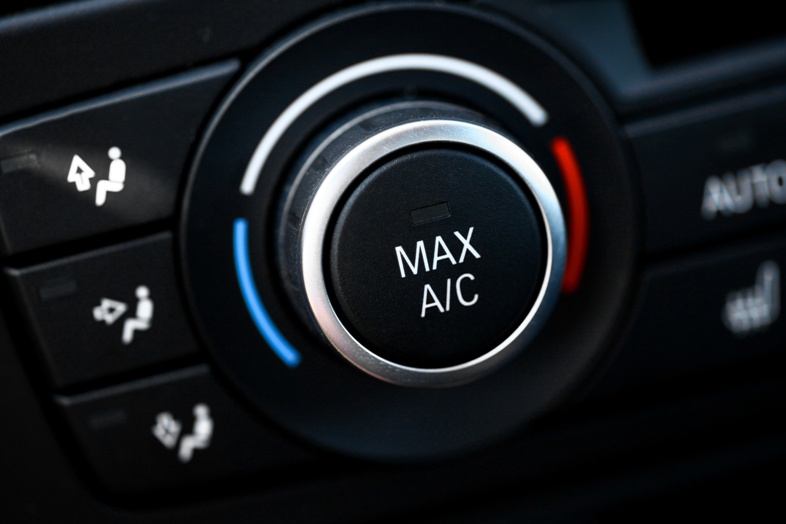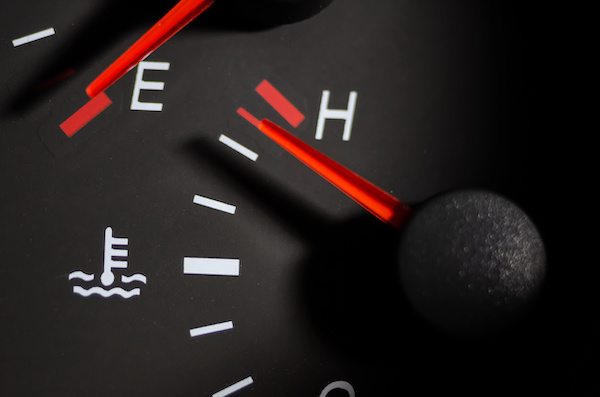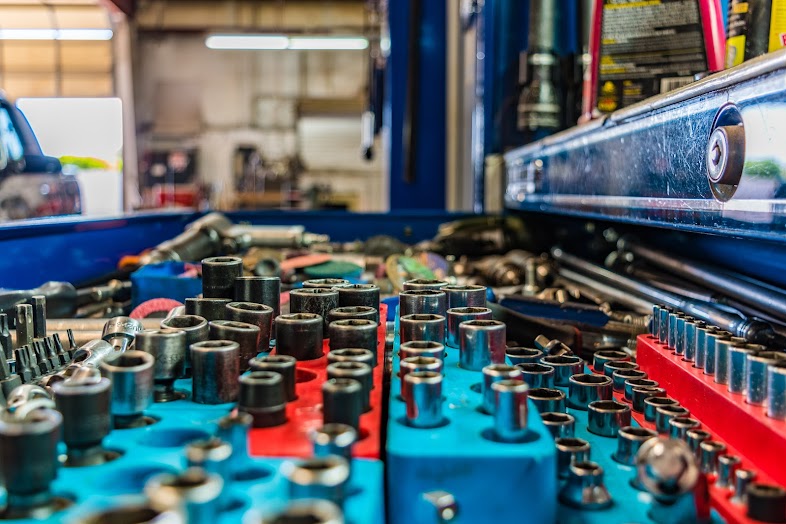It’s a scenario that every car owner dreads – you’re cruising down the road when suddenly, your check engine light illuminates on the dashboard. Panic sets in, and questions start racing through your mind: What could be wrong? Is my car safe to drive? How much will this cost to fix? In this article, we’ll demystify the check engine light, explore common reasons why it comes on, and provide guidance on what you should do when faced with this warning signal.
Why Does the Check Engine Light Come On?
The check engine light, often represented by an engine-shaped icon, is your car’s way of communicating that there’s a potential issue with the engine, emissions system, or other critical components. While it’s a valuable warning system, it can be triggered by a wide range of problems, some of which are relatively minor, while others may require immediate attention. Here are some common reasons why your check engine light may illuminate:
1. Loose Gas Cap: Surprisingly, a loose or damaged gas cap is one of the most frequent reasons for the check engine light to come on. It’s also one of the easiest to resolve. Simply tighten the cap, and the light may turn off after a few driving cycles.
2. Oxygen Sensor Malfunction: The oxygen sensor monitors the amount of unburned oxygen in the exhaust system. A malfunctioning sensor can affect fuel efficiency and emissions, so it should be addressed promptly.3. **Catalytic Converter Issues**: A failing catalytic converter can trigger the check engine light. Ignoring this problem can lead to reduced engine performance and increased emissions.
4. Spark Plug or Ignition Coil Problems: Faulty spark plugs or ignition coils can affect engine performance and fuel efficiency. Replacing these components can often resolve the issue.
5. Mass Airflow Sensor (MAF) Troubles: The MAF sensor measures the air entering the engine, and when it malfunctions, it can impact engine performance and fuel economy.6. **Engine Misfires**: Misfires can result from a variety of issues, such as bad spark plugs, ignition timing problems, or fuel injector issues. Ignoring misfires can lead to engine damage.
What Should You Do When the Check Engine Light Comes On?
1. **Don’t Panic**: While the check engine light can be alarming, it doesn’t always indicate a catastrophic failure. It’s a signal to investigate, not an immediate emergency.
2. **Check for Other Warning Lights**: If other warning lights (e.g., oil pressure, temperature) come on simultaneously, pull over and turn off the engine to prevent damage.
3. **Tighten the Gas Cap**: As mentioned earlier, a loose gas cap is a common trigger. Check and tighten it securely.
4. **Monitor Your Vehicle’s Performance**: Pay attention to how your car is running. If it’s driving smoothly and there are no unusual noises, you may have some time to schedule a diagnostic check.
5. **Have the Code Read**: Visit an auto parts store or an auto repair shop to have the error code read with a diagnostic tool. This code will provide specific information about the issue.
6. **Follow the Repair Recommendations**: Once you have the error code, you can decide whether to attempt a DIY repair (if it’s a simple issue like a faulty oxygen sensor or spark plug) or consult a professional mechanic for a more complex problem.
Conclusion
The check engine light is a valuable tool that alerts you to potential issues with your vehicle’s engine and emissions system. While it can be unsettling to see it illuminated, understanding the common reasons behind it and following the appropriate steps for diagnosis and repair can help you keep your car running smoothly and efficiently. Remember that addressing the issue promptly can often prevent more significant problems down the road. If you’re unsure about the cause of the check engine light, it’s always wise to consult a qualified mechanic for a thorough diagnosis and resolution.


